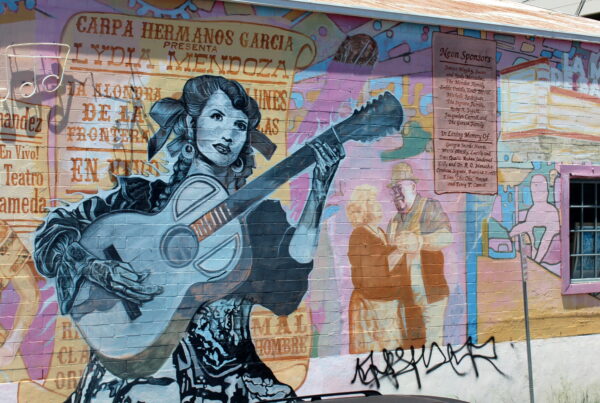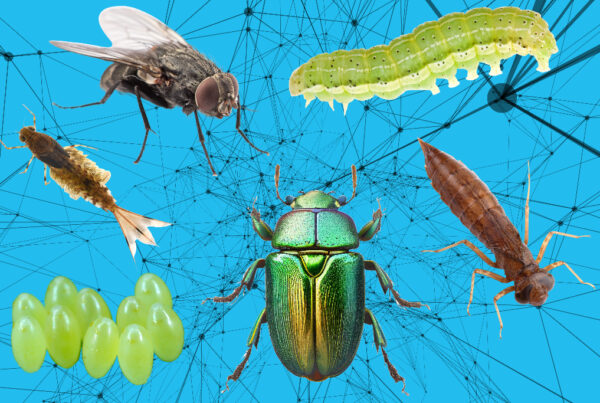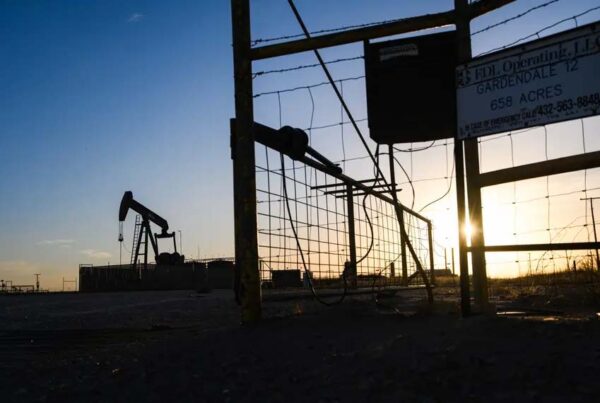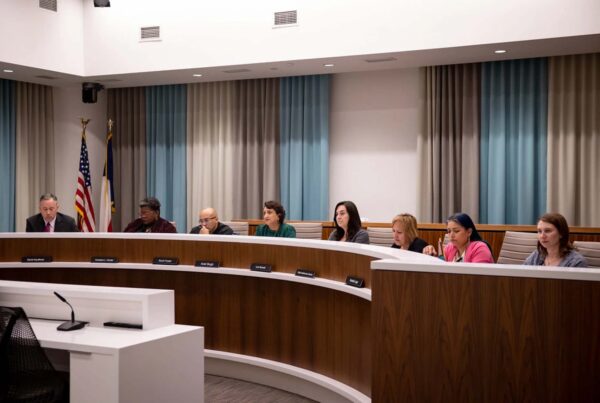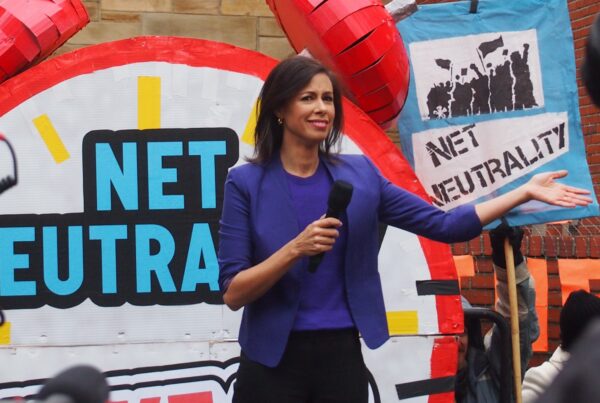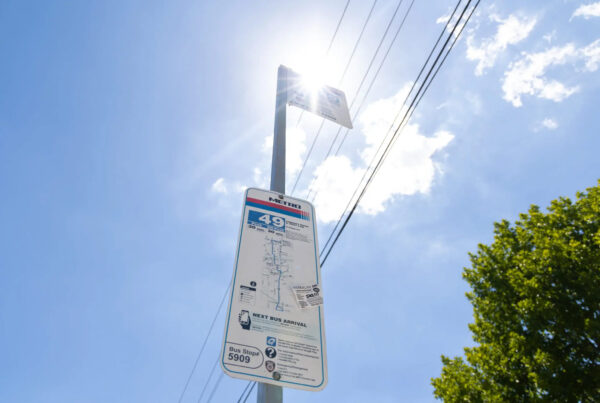When the COVID-19 pandemic ramped up, there were quick comparisons to the Spanish Flu a century earlier. But we may not have nearly that long to prepare for the next large-scale outbreak.
The Centers for Disease Control and Prevention is already making plans to put together the first nationwide outbreak response and disease modeling network. And it’s getting some help from Lauren Ancel Meyers, director of the Center for Pandemic Decision Science at UT.
Meyers said a strong technology group and maintained models and data will be key to being ready for the next pandemic.
This transcript has been edited lightly for clarity:
Texas Standard: Were there tracking and modeling techniques that experts had to learn the hard way during the COVID-19 pandemic? I’m guessing there were.
Lauren Ancel Meyers: It’s sort of a mix. I mean, the work that we did during the COVID-19 pandemic rested on over a century of science in developing models that do a pretty decent job of helping us understand, forecast and mitigate dangerous viruses like COVID.
But COVID was different than some of the pathogens that we had prepared for. It was different than the models we had been developing in the years leading up to it, the CDC, to help them plan for future pandemics.
What do we learn from COVID-19 that would prompt you to make different recommendations when thinking about models of the future?
Well, when we face a new pandemic threat like COVID – that doesn’t look like the pathogens that are currently circulating or ones we prepared for, and we don’t yet have vaccines or drugs to fight it – models and data are among the most critical weapons in our arsenal. So I think, you know, the important lesson learned is have a much stronger arsenal of models and datas at the ready.
They can help us to understand the threat, to answer questions about how fast it’s spreading, where around the globe it’s already circulating. What populations are at risk? What countermeasures work? It can help us to forecast it so that our hospitals and communities can prepare. And really importantly, it can help us make detailed decisions about how we can use limited resources or costly measures to slow spread and save lives.
Professor, when I heard that the Centers for Disease Control and Prevention were making plans to put together the first nationwide outbreak response and disease modeling network, frankly I thought, well, wait a minute, didn’t they have this already?
What they didn’t have leading into the COVID pandemic, and what we urgently need to build, is a really strong technology group – a group that has models at the ready, has access to data so they can very rapidly build predictions, conduct analyses that can help to fight the next unexpected threat.
» GET MORE NEWS FROM AROUND THE STATE: Sign up for Texas Standard’s weekly newsletters
What does it mean for you to have partners in other parts of Texas and in places like Massachusetts and the like? I mean, are you working on different parts of putting together this puzzle or bringing different perspectives, or what exactly?
Yeah. So this program is huge. The CDC is investing $250 million over five years to support 13 different groups. And I’m leading one of these groups. My team includes scientists from all over the globe, but it also includes health officials from the City of Austin, the City of Houston, the City of El Paso, the State of Texas, the State of Massachusetts.
Because what we want to do is we want to take the best models, the best technologies that helped us during COVID, and make sure adapt them so that they are ready to help us respond to the next threat and that the people who are at the front line in public health agencies, at the local scale, at the state scale and even the national scale are ready to use them from Day 1.
How can you make sure that whatever you design is shelf-stable? I mean, that it’s ready to go even if it takes a long time before we actually need to roll it out?
That is one of the biggest challenges that we have faced over the last 20 years, is we we built models to help with the 2009 H1N1 pandemic. We built models to help with responding to Zika and responding to Ebola. And then when COVID emerged, some of those models weren’t shelf-stable, they weren’t at the ready, we hadn’t maintained them. And there were not people in our public health departments who were ready to use them.
So that is one of the major challenges that we are hoping to tackle with this project, is to make sure that this is really professional-grade software that we’re developing, that we maintain training opportunities so that people who are in the public health agencies know that those models are there, know that they’re useful and are ready to use them.




